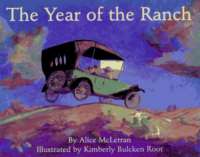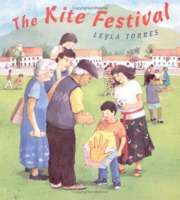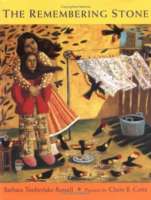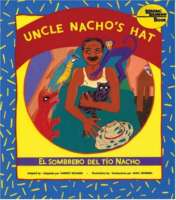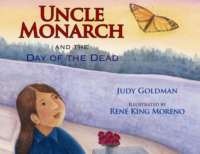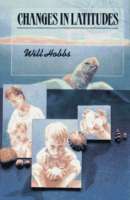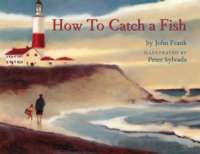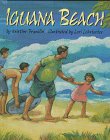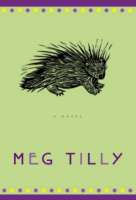
War-torn Afghanistan could not seem farther from Newfoundland, but it is about to change twelve-year-old tomboy Jack Cooper (or Jacqueline, as her mother insists on calling her) forever. When her father is killed in the war, she watches helplessly as her mother crumbles under sorrow and depression. Jack and her younger sister and brother, Tessa and Simon, end up across the country, living on a run-down farm in a small town on the Prairies with a great-grandmother they didn’t know existed. Worried that they will be abandoned again if Gran moves into a retirement home, Jack puts on a brave face and encourages Tessa and Simon to take on the challenges of their new life. In the process, she learns that families come in many different forms and that love, trust, and faith can build a home anywhere.
